Best camera for music videos
Want the best camera for music videos? Our experts pick the finest options for YouTube, TikTok and more
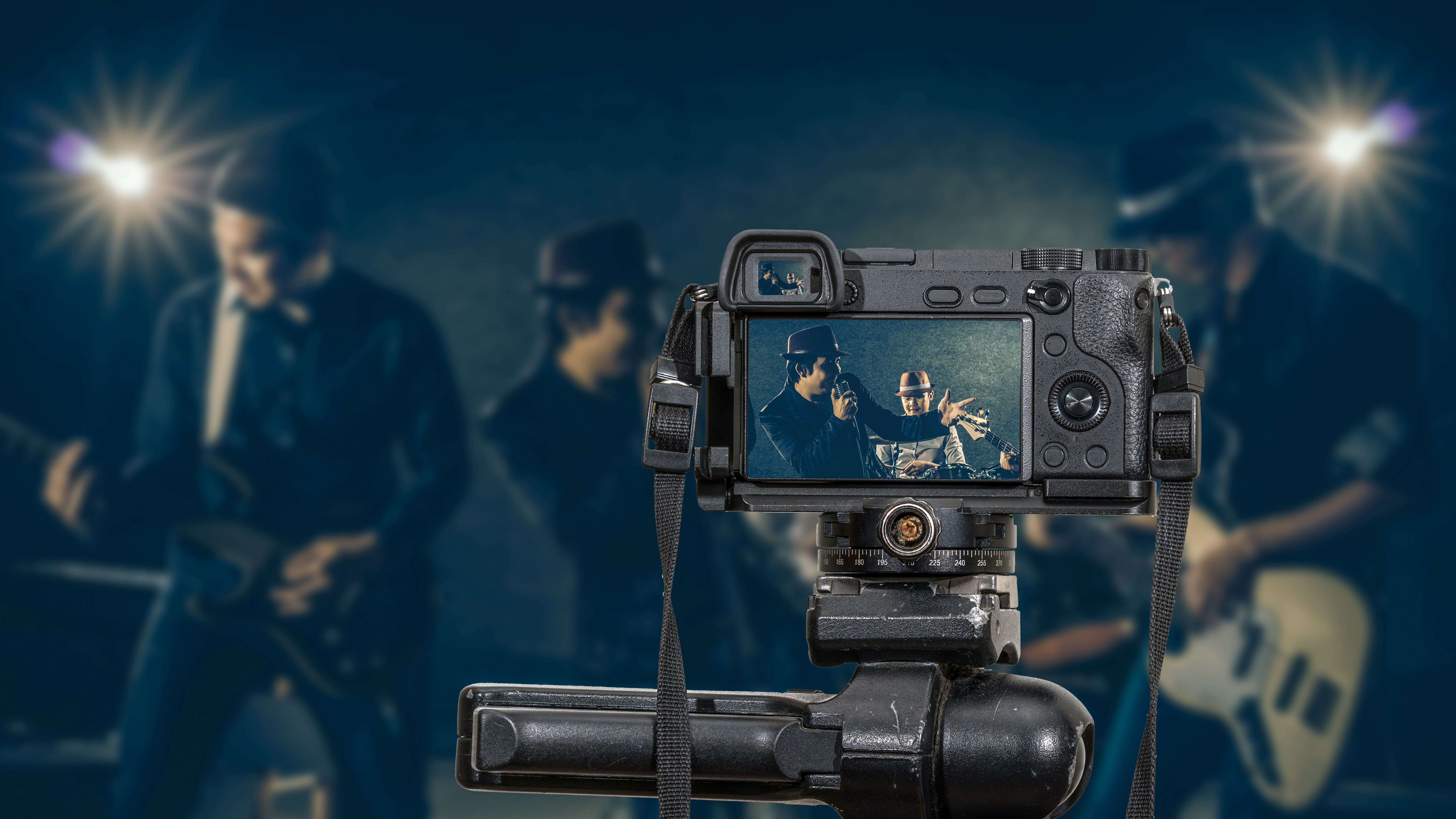
In this guide, we're helping you find the best cameras for music videos. Whether you're looking to shoot a video for your own music or someone else's, having the right kit to hand is a crucial first step to take, allowing you to tell the story you want to tell within the short space of time a music video generally allows. There are plenty of successful filmmakers who got their start in music videos, including Fight Club director David Fincher – it's an exciting place to cut your teeth!
We've compiled a selection of cameras we feel are best for music video shooters of different stripes, based on our testing, reviews and research. Our list includes some of the best mirrorless cameras out there, but also action cameras, gimbal cameras, cine cameras and more.
There are options for different budgets, and we've tried to think about the kinds of features that music video shooters are realistically going to need – see the bottom of this page for more on our selection criteria. For more general options, you can also check out our guide to the best cameras for videography.

Jon is one of our go-to specialists when it comes to all aspects of photography, from cameras and action cameras to lenses and memory cards. Here, he has worked with our review team to put together this up-to-date list of the best cameras for music videos.
The quick list
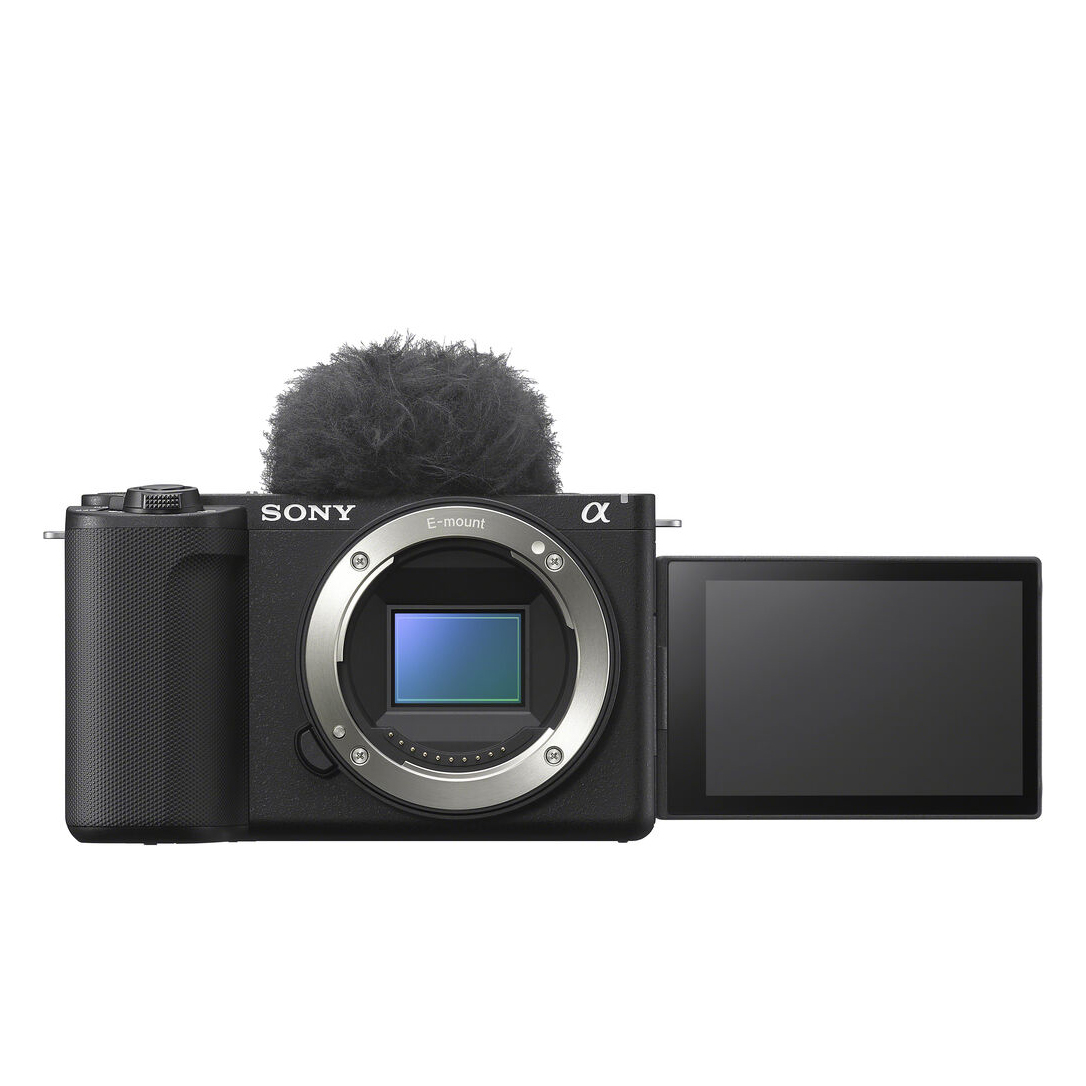
Best overall
With superb video-centric features, a lightweight build and a terrific lens selection, the Sony ZV-E10 II is the best choice for music videos for most people – a big improvement on the cheaper ZV-E10.
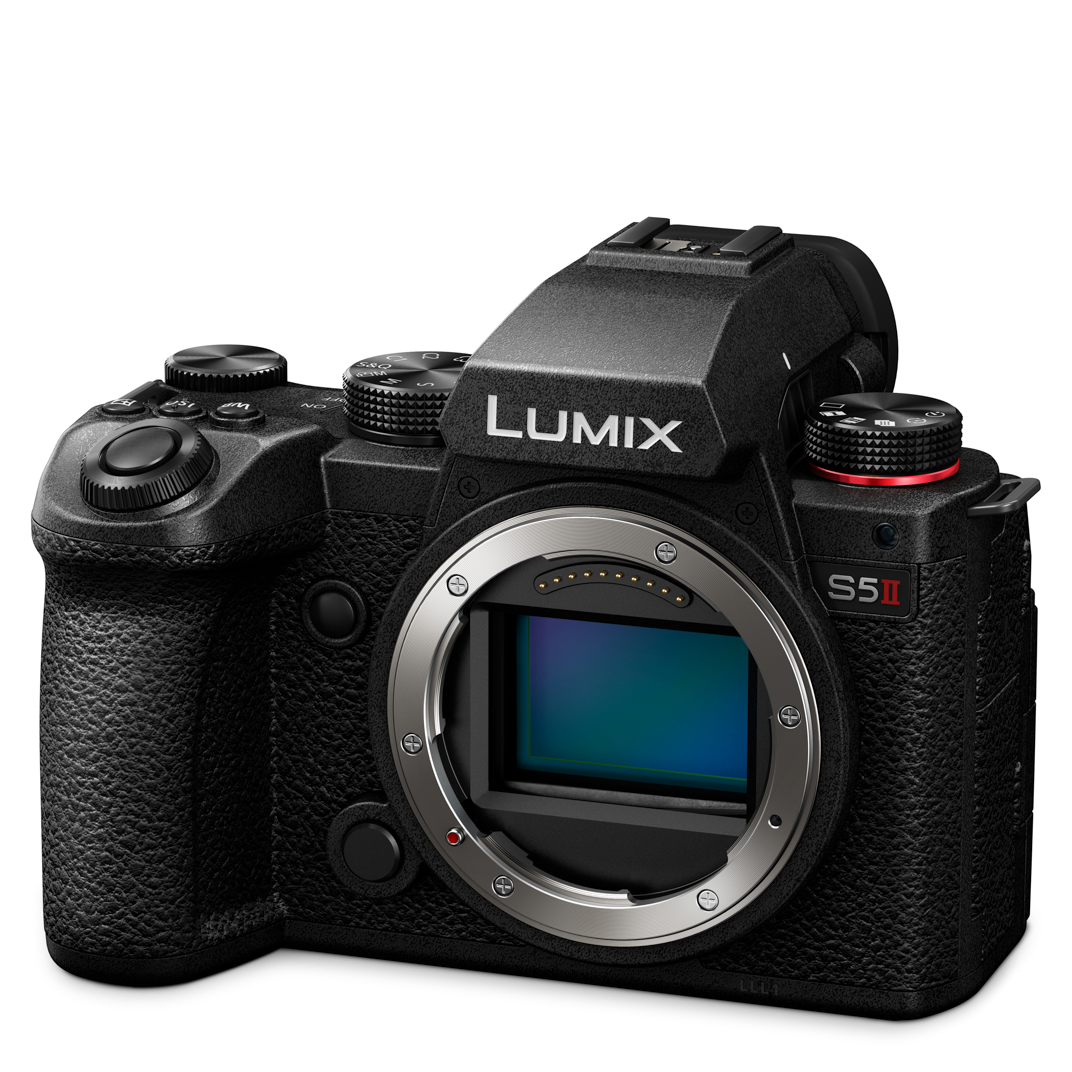
Best full-frame
An impressive full-frame camera with a suite of video-shooting options, the Lumix S5 II is a premium option for the more confident video maker.
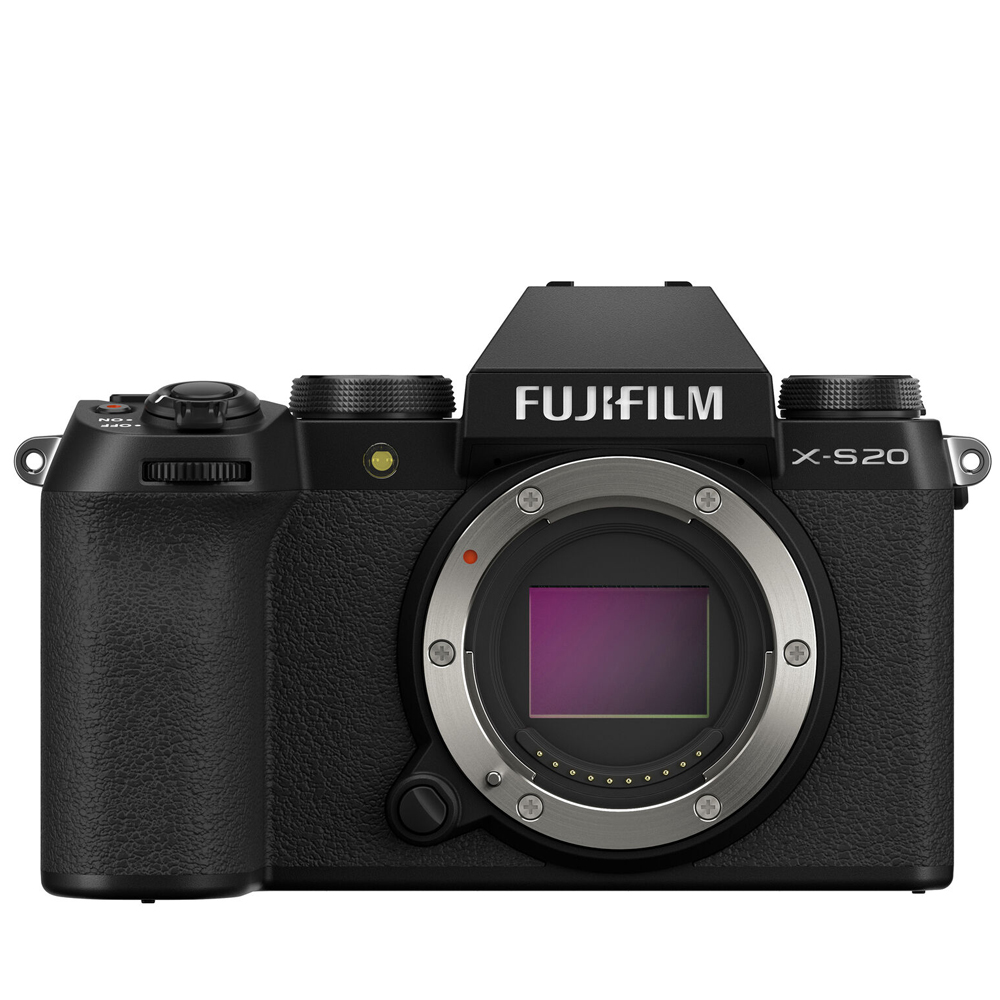
Best mid-range
Fujifilm's excellent X-S20 comes armed with 6K 30p ‘open gate’ video, subject-recognition autofocus and a fabulous selection of bokehlicious lenses.
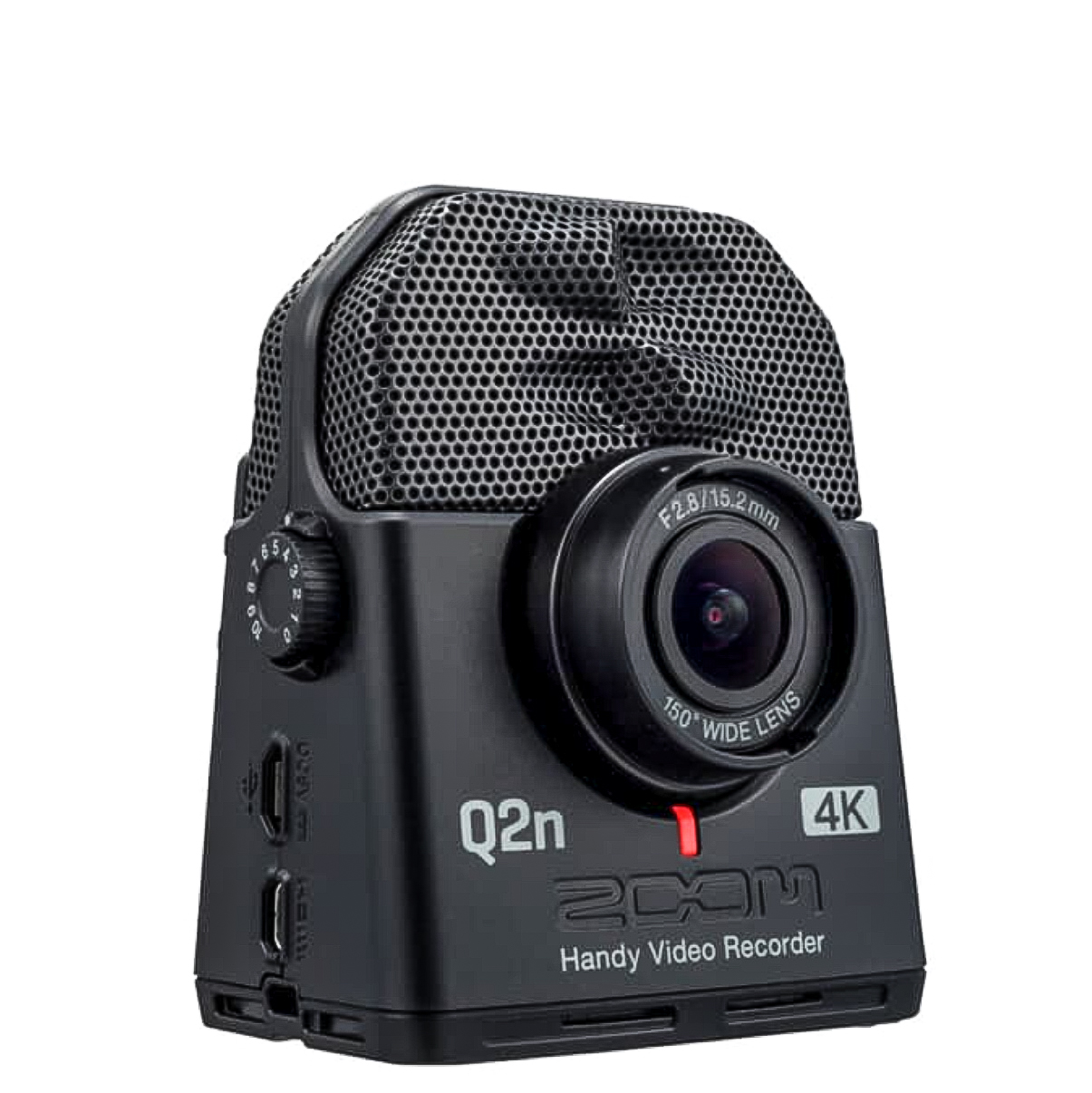
Best for live audio
If you want to capture live music in high-quality, with pristine audio, the Zoom Q2N-4K is a camera specifically optimised to do exactly that.
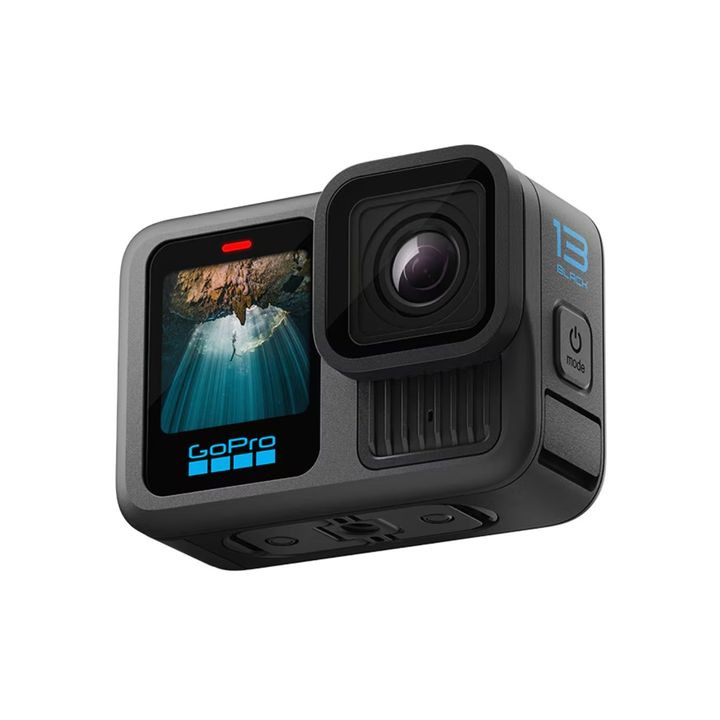
Best action camera
GoPro's flagship series of hardy action cameras gets better and better, and with a new series of modular lenses, the Hero 13 Black is the most versatile yet.
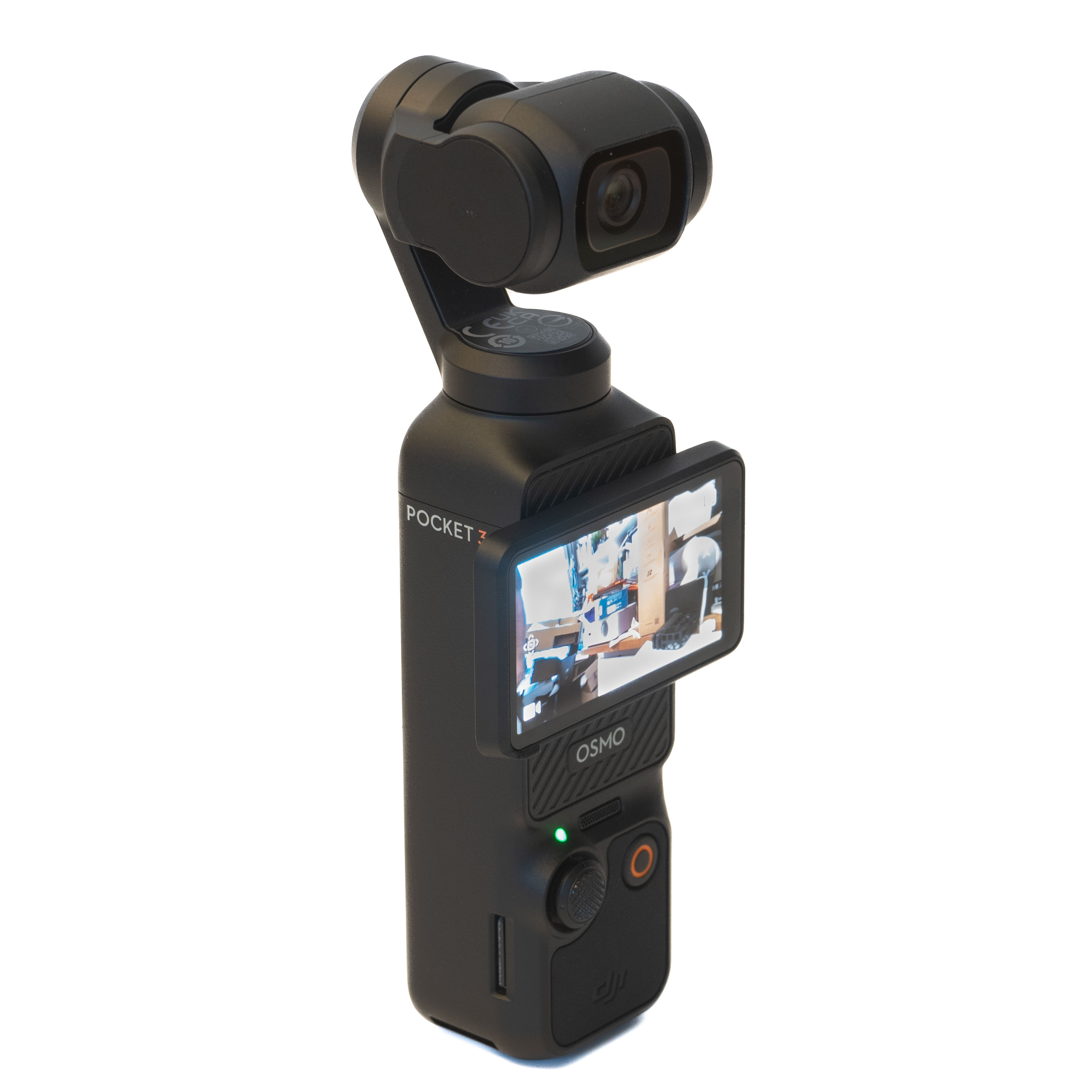
Best gimbal camera
With improved ActiveTrack and a much bigger screen, this is far and away DJI's best gimbal camera yet. For run 'n' gun shooting, it's in a league of its own.
Load the next products ↴
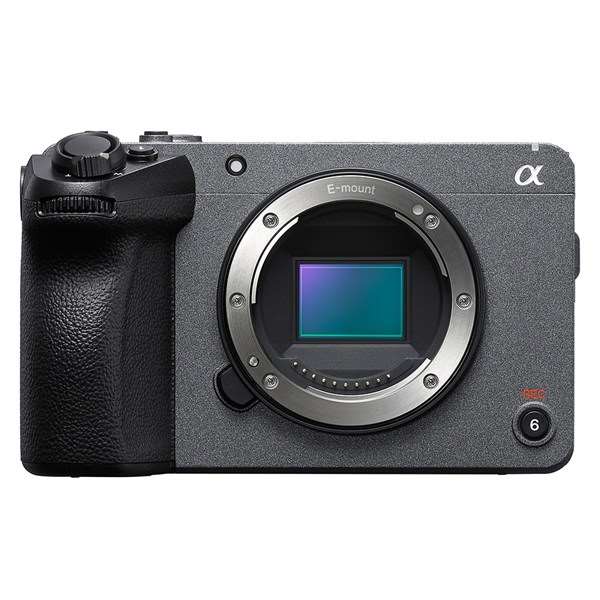
Best pro cine camera
While this is a pro-spec cine camera, it's priced at a level that an average user can afford. Sony's class-leading autofocus ensures a premium shooting experience.
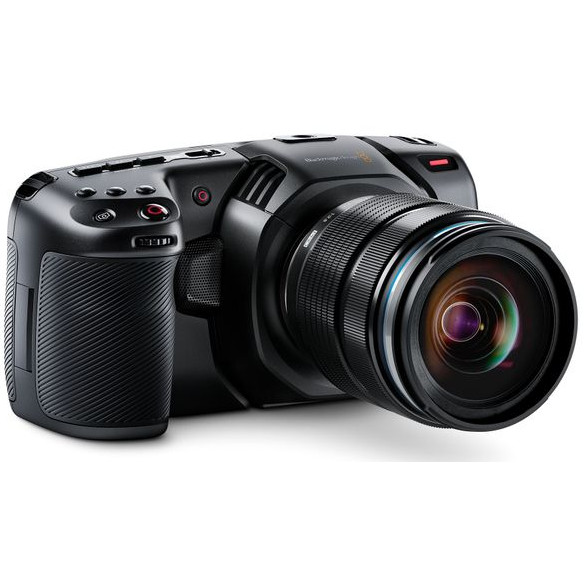
Best mid-range cine camera
While it doesn't literally fit into a pocket, Blackmagic's capable cine camera delivers impressive quality from a body that's small in terms of both size and price.
The best camera for music videos
Why you can trust Digital Camera World
Best overall
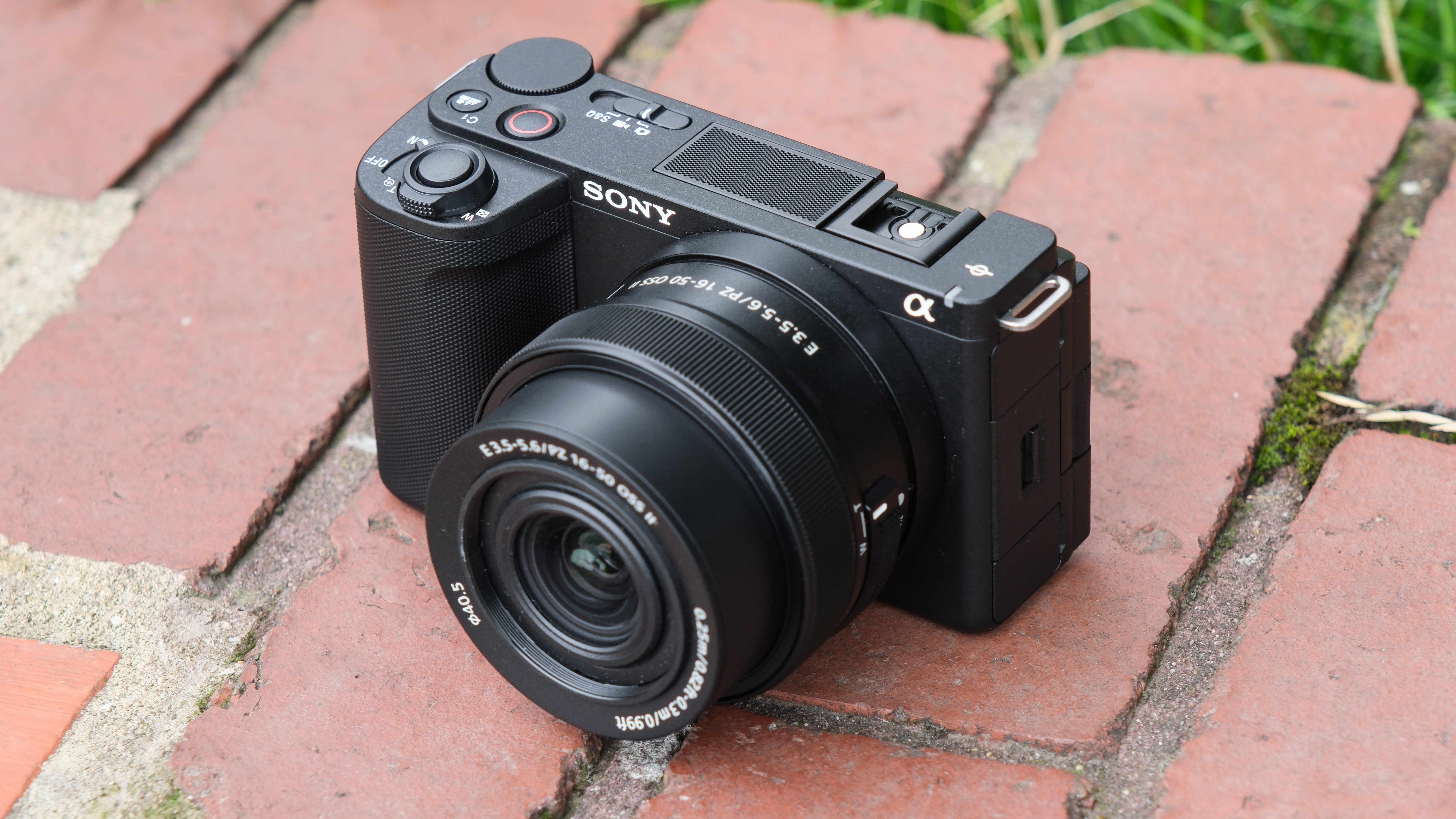
Specifications
Reasons to buy
Reasons to avoid
Sony's ZV-E10 II is probably the most well-balanced vlogging camera you can buy right now, and it's got a brilliant feature-set that's perfect for music videos. Yes, the Fujifilm X-S20 (featured below) is more fully featured, but it also comes with a price bump, and Sony has done well here to keep his camera at a three-figure price while also fixing a few of the niggles and frustrations that came with the first ZV-E10.
Let's get the obvious out of the way – this camera shoots fantastic video. It inherits the sensor-processor combo of the cinema-focused Sony FX30 (also featured below), producing glorious uncropped 4K 30p footage, and 4K 60p with a very minor 1.1x crop. You can also use the Cinematic Vlog mode to automatically take advantage of Sony's S-Cinetone grading to produce dynamic, great-looking footage straight out of camera. Of course, if you prefer, there's also the option to shoot in S-Log with 10-bit color and handle the grade yourself.
Autofocus has also been improved, however something we really welcomed in our review was the new battery; the ZV-E10 II uses Sony's NP-FZ100 battery, which delivers terrific longevity and greatly lessens the risk of losing power mid-shoot (though of course, always pack a spare). While it's more expensive than the still-available ZV-E10, the improvements made to the ZV-E10 II mean it more than justifies the additional outlay for music video shooters.
See our full Sony ZV-E10 II review
Best full-frame
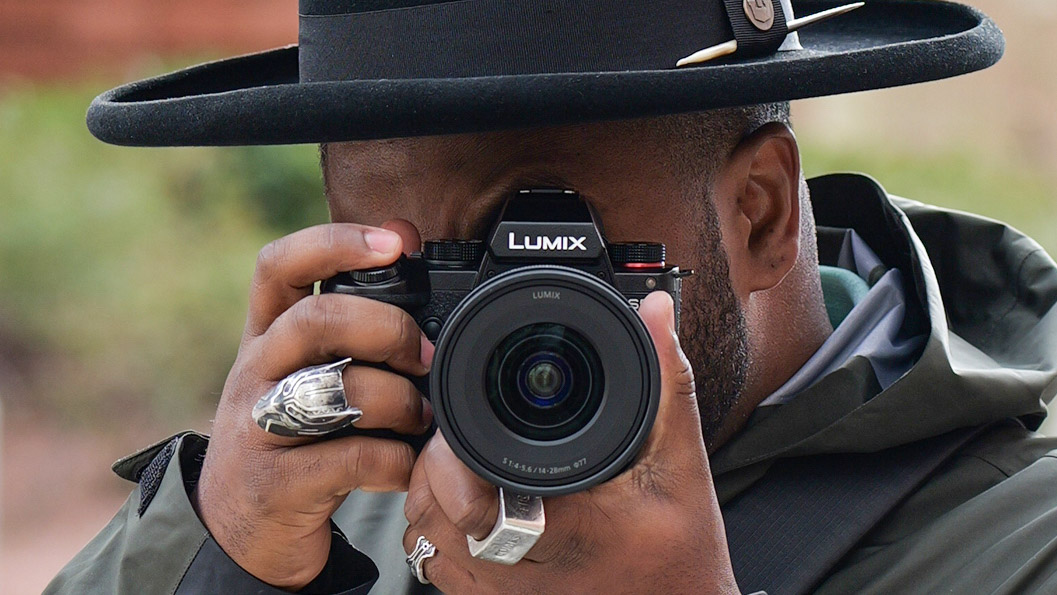
Specifications
Reasons to buy
Reasons to avoid
The Panasonic Lumix S5 II is some of the best value for money on the camera market right now, especially for the kind of run-and-gun filmmakers who are going to be shooting music videos. It delivers pristine full-frame image quality with some of the most effective image stabilization in the business and superbly accurate phase-detection autofocus. Also, unlike some cameras which automatically crop to the 16:9 aspect ratio when shooting video, the Lumix S5 II uses the full 3:2 aspect ratio of its sensor to capture video at up to 6K 30p. This is sometimes referred to as ‘open gate’ video, and is great if you need to crop into a 9:16 ratio to create vertical clips for short-form video channels like TikTok or Instagram Reels.
If you have a little more pocket change, Panasonic also released a slightly souped up version in the form of the Lumix S5 IIX – see our piece on Panasonic Lumix S5 II vs S5 IIX for a rundown of the differences.
See our full Panasonic Lumix S5 II review
Best mid-range
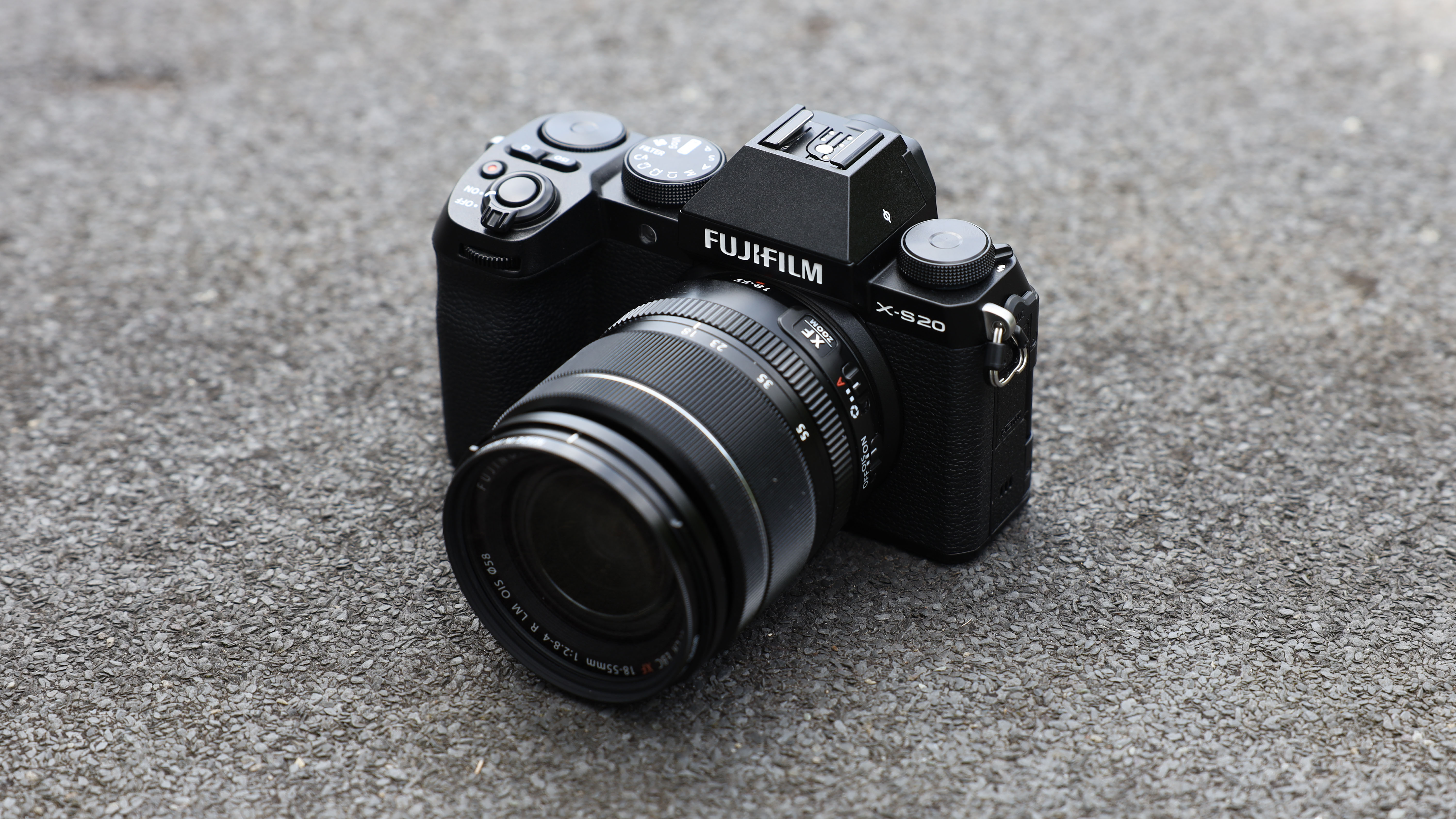
Specifications
Reasons to buy
Reasons to avoid
Possibly the best mid-range camera you can buy currently, the Fujifilm X-S20 also makes a terrific case for itself as a music video shooter. For one, like the Lumix S5 II, it captures 6K 30p ‘open gate’, meaning it uses the full 3:2 aspect ratio of the sensor – again making your life easier when it comes to creating vertical-orientation content as well as videos shot in a more traditional aspect ratio.
As the X-S20 is a pretty new camera, it also benefits from up-to-date features like AI-powered subject-recognition autofocus, which can identify things like humans, animals and vehicles in the frame and keep focus locked onto them. Its slim body and vari-angle screen make it excellent for run-and-gun shooting – and the battery life impresses, too.
See our full Fujifilm X-S20 review
Best for live audio
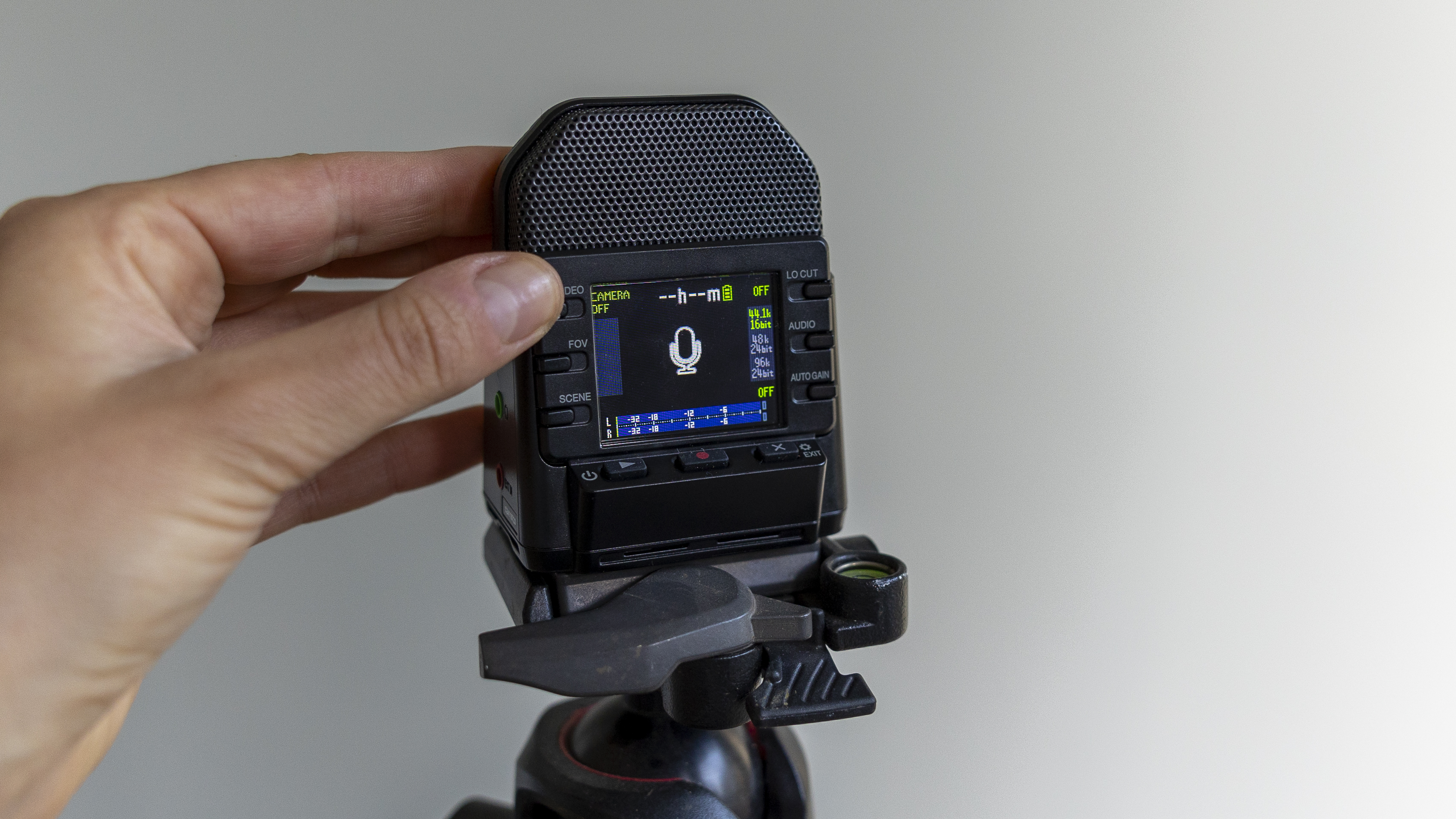
Specifications
Reasons to buy
Reasons to avoid
Like we mentioned up top, recording a music video isn’t always about filming someone miming to a track. Sometimes you’ll want to record live performance in all its glory, and a terrific choice for that is the Zoom Q2N-4K. With a comprehensive built-in stereo microphone setup, the Zoom Q2N-4K is capable of capturing crisp and accurate sound from all sorts of different instruments, from drums to saxophones.
Video-wise, it produces decent-looking 4K and comes with a variety of preset ‘scene’ modes such as ‘Jazz Club’ and ‘Concert Light’ to help you get the right look for the right situation. It’s not meant for run-and-gun shooting – with no stabilization or much of a handgrip to speak of, it’s a camera best-suited to being set up and left.
See our full Zoom Q2N-4K review
Best action camera

Specifications
Reasons to buy
Reasons to avoid
An action camera can be a great way to shoot a music video. The diminutive form factor and effective stabilization makes it easy to get POV footage and run-and-gun shots, while the waterproof/shockproof build lets you take a few risks. For our money, the best action camera to use for music videos is the GoPro HERO13 Black. With its 8:7-format sensor, it allows you to shoot footage that can easily be cropped to different aspect ratios, including mobile-friendly 9:16, and it also offers tons of flexible video modes.
The new addition this time around has been GoPro's range of HB-series lenses. Attached via a simple twist, these are optional lens modules that allow you to transform the perspective of the camera, getting away from that quintessential 'fishbowl' look that so often gives away action camera footage. You can use the Macro lens for a narrower perspective, or go expansive with the Ultra-Wide, and there's an Anamorphic lens slated to arrive in 2025.
Of course, they all cost extra, and with all its various lenses, mods and mounting attachments (not to mention the GoPro subscription) it's sometimes easy to feel like the GoPro HERO13 Black is trying to nickel-and-dime you to death. With that said, the new lenses do feel like the beginning of an exciting new chapter, and cement the HERO13's place as the best action camera for music videos.
See our full GoPro HERO13 Black review
Best gimbal camera
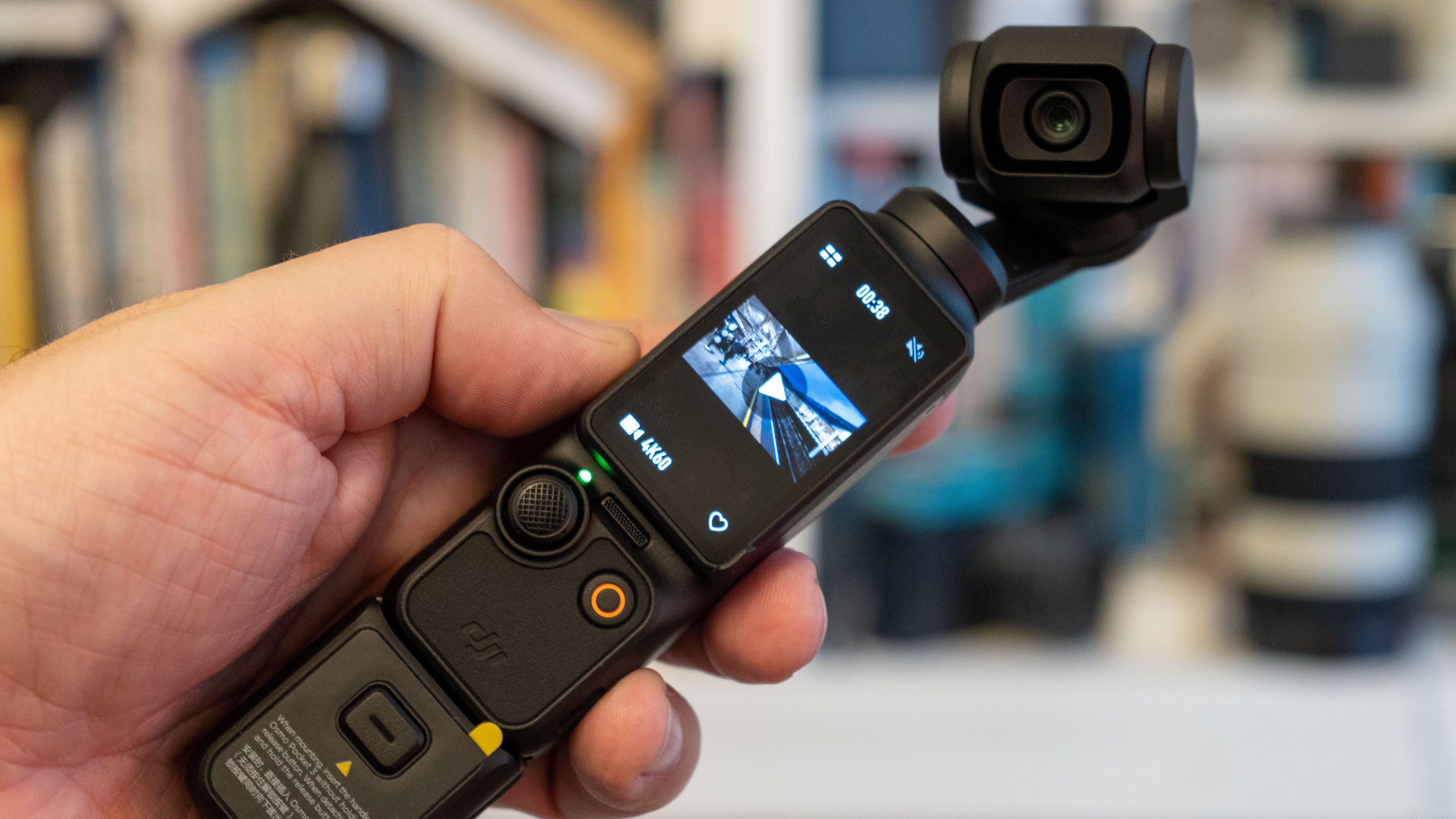
Specifications
Reasons to buy
Reasons to avoid
For solo and run 'n' gun videographers, a stabilising gimbal is an essential accessory – however, buying both a camera and a gimbal is an expensive proposition. Step forward, the DJI Osmo Pocket 3, a camera that's effectively both in one, built around a 3-axis stabilising gimbal that enables the capture of smoother-than-smooth footage even while moving. Thanks to the intelligent ActiveTrack 6.0 system, it can also intelligently follow a subject while you're moving, which is excellent for music videos, where you'll likely often want to keep the frame centred on a single person. The screen is doubled in width from previous Pocket cameras, which makes monitoring much easier, and the ability to record in 10-bit D-Log makes this camera much more than a gimmick.
See our full DJI Osmo Pocket 3 review
Best pro cine camera

Specifications
Reasons to buy
Reasons to avoid
It used to be the case that cinema cameras were too expensive for the average user to even consider. However, the Sony FX30 is priced at the same level as a consumer mirrorless camera, and yet delivers a raft of cinema-line features that make it a superb choice for high-quality music video work. It takes a 6K sensor and oversamples the capture down to 4K for sublime quality. It can even capture 4K at 120p for slow-motion effects (a common feature of music videos) – though be aware that this incurs a 1.6x crop. Like most Sony cameras, it’s got an absolutely first-class autofocus system, with 759 phase-detection points that’ll lock onto basically any moving subject, and Real-Time Eye AF.
See our full Sony FX30 review
Best mid-range-cine camera

Specifications
Reasons to buy
Reasons to avoid
While Blackmagic’s “Pocket” range of cine cameras has seen a few 6K additions to its lineup, we can still happily recommend this capable 4K camera for music video shooters. It captures 4K video with a resolution of 4096 x 2160, and uses the entirety of its Micro Four Thirds sensor – no crop. Being part of the Micro Four Thirds standard also means the Pocket Cinema Camera 4K has access to an enormous range of lightweight lenses.
This is a video camera first and foremost, so you get pro video features like Dual Native ISO and compression options for CinemaDNG RAW and Apple's ProRes 422 codec. While there’s a standard 3.5mm mic jack, the mini XLR port offers phantom power support, meaning it can power a more sophisticated external microphone with active sound processing. Also, while the price of the Pocket Cinema Camera 4K already looks pretty good, it looks even better when you consider that it comes with a free licence for the DaVinci Resolve editing software thrown in.
See our full Blackmagic Pocket Cinema Camera 4K review
How to choose the best camera for music videos
A good music video camera needs to capture great-looking video – that’s a given. But it also needs the ergonomics to be easy to use in creative ways, allowing you the freedom to shoot from unusual angles. A fully articulating screen can be helpful there.
Optical stabilization is also highly useful, as music videos often include a lot of dynamic camera movement. Also, while music videos will of course generally have a track laid over the top, it’s not uncommon for diegetic sound elements to be incorporated too, so a mic input is handy – and if you're also going to be filming live music, 'handy' can be upgraded to 'essential'.
These days, you’ll likely also need cut together a version of your video (or at least clips) into vertical orientation for mobile viewing on TikTok or Reels. A camera that can shoot using the full breadth of its sensor will make your life much easier when you’re cropping footage into this different aspect ratio, and others.
How we test cameras
When our reviewers test cameras, there are two key areas of assessment – our imaging lab, and real-world testing. We'll come onto our lab tests in a moment, but we believe it's hugely important for cameras to be tested in the scenarios that real users are likely to put them in. For video-focused cameras such as these, that means assessing the quality of the video the cameras produce in a range of real-world settings, indoor and outdoor. We look at the quality of the footage and audio captured, assess how the camera feels to use, and measure how easy it is to produce a finished, polished video from the raw footage the camera has created.
In the lab, we put mirrorless and DSLR cameras through a series of scientifically controlled tests designed to get the most accurate picture (no pun intended) possible of what they can do. We use two key assessment tools – Imatest Master and DxO Analyzer – to look at the following:
1. Resolution (ISO-12233): We use a resolution chart based on ISO-12233 from Applied Image inc to indicate the limit of the camera’s vertical resolution at the centre of the frame. The higher the value, the better the detail resolution.
2. Dynamic range (DxO Analyzer): This is a measure of a camera’s ability to capture detail in the highlights and shadows. We use DxO’s transmissive chart, which enables us to test a dynamic range of 13.3 stops.
3. Noise (DxO Analyzer): We use the dynamic range transmissive chart to analyze the signal-to-noise ratio for RAW and JPG files at every sensitivity setting using DxO Analyzer. A higher value means the signal is cleaner.
FAQs
What equipment do I need to shoot a music video?
This guide deals with the best cameras for music video shooting – however, there is some other kit you'll almost certainly need. You'll want to make a kit list before you start in order to ensure you have everything on the day, and while specific needs will vary from shoot to shoot, here are some things to think about:
- Lenses. If you've chosen an interchangeable-lens camera, then you'll need at least one lens, and if you're after lots of different types of shots then you may need more than one. If you're not sure where to start, a good catch-all lens for video is a 24-70mm.
- Lighting. Being able to control the shape, quality and intensity of the light is a hugely important part of making your videos look and feel professional. For music videos, you'll want something portable and quick to set up – check out our guide to the best LED panels.
- Gimbal / stabiliser. For introducing motion into your shots, a gimbal is a must. In-camera stabilisation is useful, but in most cases, it's not the same. See our rundown of the best gimbals.
- Batteries / memory cards. Oft-forgotten, but essential. You can't afford to have your shoot day cut short by a dead battery or a full card. Bring spares. Lots of spares. More than you think you'll need.
What editing software should I use for music videos?
Any of the popular video editing programs such as Adobe Premiere Pro or Apple's Final Cut Pro X are perfect for video editing. However, if you don't want to spend any money on software, DaVinci Resolve from Blackmagic is a brilliant editing program that's completely free to download.
Can you shoot a music video with a phone?
You definitely can. We would recommend using one of the cameras on this list, as they will give you much more shooting flexibility in terms of lenses, resolutions, video formats and quality, especially in low light. However, if you prefer the idea of shooting on a phone, there are absolutely some out there that will get the job done. Our guide to the best phones for video and vlogging is a good place to start.
Read more:
Get the Digital Camera World Newsletter
The best camera deals, reviews, product advice, and unmissable photography news, direct to your inbox!
Jon spent years at IPC Media writing features, news, reviews and other photography content for publications such as Amateur Photographer and What Digital Camera in both print and digital form. With his additional experience for outlets like Photomonitor, this makes Jon one of our go-to specialists when it comes to all aspects of photography, from cameras and action cameras to lenses and memory cards, flash diffusers and triggers, batteries and memory cards, selfie sticks and gimbals, and much more besides.
An NCTJ-qualified journalist, he has also contributed to Shortlist, The Skinny, ThreeWeeks Edinburgh, The Guardian, Trusted Reviews, CreativeBLOQ, and probably quite a few others I’ve forgotten.
